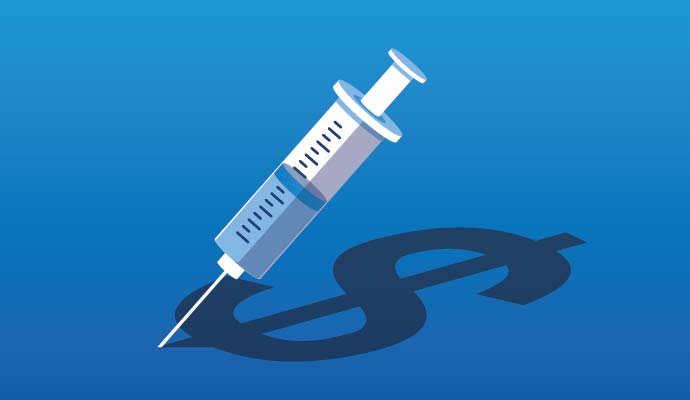250K Docs Using Drug Price Transparency Tools, Benefits Checkers
Drug price transparency tools help address high patient costs, medication adherence, and care access.

Source: Getty Images
- Nearly a quarter of a million providers are using a point-of-care drug price transparency tool and benefits checker when prescribing patients a medication, a considerable step up in recent years, according to new data from Surescripts.
The data, reported in the Surescripts 2019 Impact Report: Prescription Price Transparency, revealed that price transparency and benefits check tools are helping about 250,000 medical providers address the high cost of medication, ultimately driving medication adherence, quality outcomes, and patient and provider satisfaction with the care encounter.
“The dramatic growth of prescription price transparency technology is truly remarkable, and the impact on healthcare cost and quality is being felt among patients and the people who care for them,” said Tom Skelton, Surescripts CEO, said in a statement. “There is no question that the entire healthcare industry is driving industry action to adopt tools that enable better-informed medication decisions at the point of care.”
These price transparency tools allow medical providers to view patient-specific cost information, not just the sticker price for a certain drug. This means providers can explain to patients the out-of-pocket cost or copay for the medication that is specific to the patient’s health insurance plan.
Additionally, price transparency tools and benefits checkers often allow clinicians to view any information about prior authorization or step therapy requirements or lower-cost equivalent treatments, such as generic drugs.
All said, these checks can save thousands of dollars in healthcare costs, benefitting both the patient and the payer.
Benefits checkers also allowed patients and providers to avoid prior authorizations and other utilization management requirements, the report noted.
These technologies often alert providers to an alternative treatment path when the patient would otherwise have to complete prior authorizations or step therapy to access a certain drug. Clinicians and patients take up that alternative about one-quarter of the time, which resulted in hundreds of thousands of fewer prior authorizations in the past year.
This is good news for patient care access, the report authors pointed out, with patients and providers both stating they have seen delays in care because of prior authorization requirements.
Finally, the report underscored the positive effects on medication adherence that price transparency tools may have. Because medication adherence is largely linked to cost, it makes sense that clinicians should see improved adherence when they can guide patients to lower-cost options using a price transparency tool.
Use of price transparency tools, while increasing, is concentrated in certain areas, the report added. In Washington DC, nearly 50 percent of providers use a drug price transparency or benefits checker tool. Price transparency tool use in Maryland, Delaware, North Carolina, and Louisiana is also above average.
But in New Hampshire, Washington state, New Mexico, Maine, and South Dakota, adoption of these technologies lingers at between 10 and 8 percent.
This data comes as more clinicians and patients acknowledge the value in knowing out-of-pocket drug costs. Earlier this year, Surescripts released data revealing that nearly three-quarters of patients are benefitting from drug price transparency tools.
Eighty-seven percent of providers surveyed in the report stated that offering drug price transparency to patients at least a moderate challenge. Meanwhile, over three-quarters (78 percent) of providers said helping patients understand their financial liability for a medication is a priority. Sixty-nine percent of clinicians said it’s important to have access to information about lower-cost drug options.
Use of these tools is indeed growing, the Surescripts report confirms, and as more EHR vendors allow for use of these add-ons, adoption is expected to rise. Ultimately, this may help providers cater better care and access for patients.
“With prescription price transparency tools at their fingertips, prescribers are eliminating pharmacy callbacks, improving medication adherence, and reducing costs,” Skelton said in the February report. “And their patients are getting the medications they need, at an affordable price, faster and with less hassle.”
